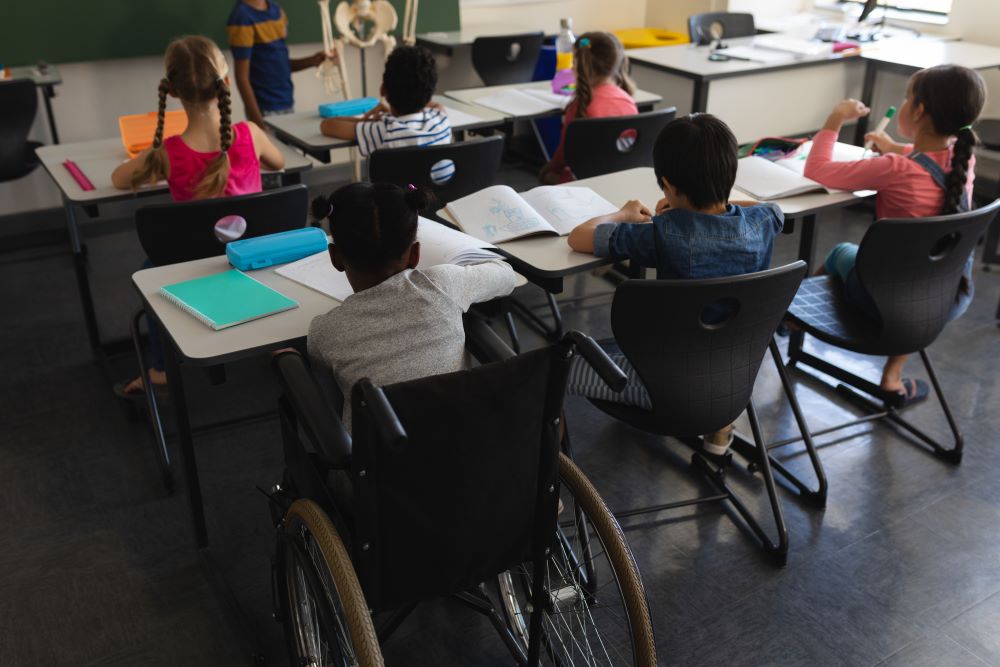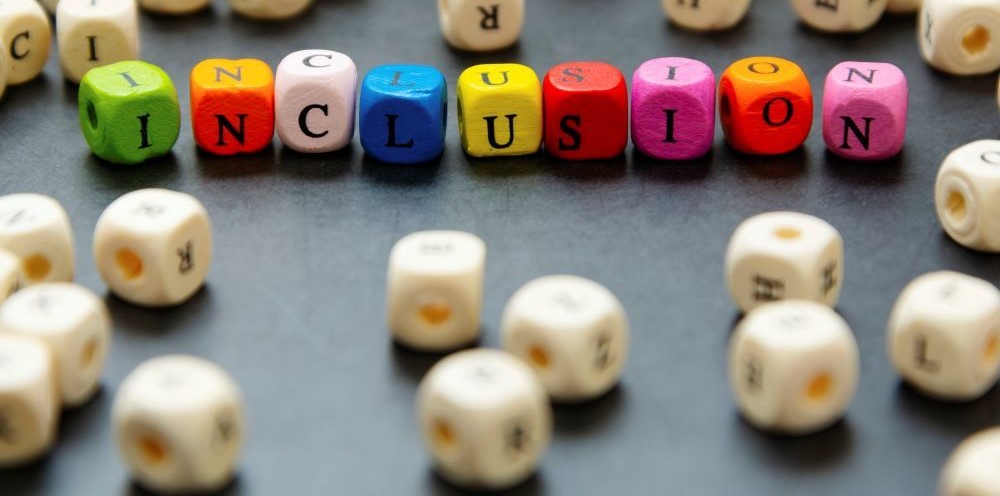If you were asked to describe an ‘inclusive classroom’ or an ‘inclusive education system’, what would it look like? Who would the learners be? What and how would they be learning?
In the past 30 years there has been a global move towards education that includes all learners, no matter who they are or where they are from. This vision of ‘Education for All’ has led to a push to support good quality, inclusive education around the world, with a particular focus on those identified as most disadvantaged, including:
- girls
- working children
- nomadic groups
- ethnic and linguistic minorities
- children and young people affected by crisis
- those with special learning needs and disabilities.
If we consider education outside of school settings, we can also add other groups to this list: adults with low literacy skills, for example, those who have been excluded or prevented from completing the level of education they want, or those in prisons or other secure settings.
But once we identify who should be included in education, we are still left with a lot of questions, such as: What does inclusion in education really look like? Does it mean the same thing in different countries or different educational settings? And are there certain steps that teachers, schools, or policy-makers can follow to help make it a reality?
What does inclusion in education look like?

UNICEF (n.d.) defines inclusive education as ‘all children in the same classrooms, in the same schools’. But is being present in the same place enough? Or might true inclusion also relate to whether learners have equitable access to learning opportunities when in the classroom, or if they are learning about content which is meaningful and relevant to them? The video below from Down Syndrome Queensland considers three different ways inclusion can be interpreted in a school classroom. Do any of these align with how you picture inclusive education?
In the video, true inclusion (rather than integration or perceived inclusion) is presented as an ongoing process which requires a change in attitudes, beliefs, skills and practices from everyone involved, instead of something static which is simply about finding the space or resources to educate everyone in the same place (Wilson, Woolfson and Durkin, 2022). This is why some researchers (such as Ainscow, 2020) emphasise the importance of thinking about inclusive education in terms of the whole education system, rather than what happens in the classroom alone. If we think about inclusion this way, teachers cannot be the only ones held responsible for making it happen.
Does inclusion mean the same thing in different contexts or educational settings?
As you will have seen in the video above, how inclusion or inclusive educational practices are defined can vary. These terms might mean different things to different learners, teachers or policy-makers depending on the context they are in and their existing knowledge and experiences. In some contexts, policy-makers might conceive of inclusion as meaning ensuring access to school – making sure that all learners are able to attend school so they have the opportunity to learn. Meanwhile, in other contexts it might be about supporting more equitable educational outcomes within the classroom – for example, through removing barriers to learning in a way that gives all students the opportunity to reach their full potential.
In the audio clip below, you’ll hear Dr Jennifer Agbaire from The Open University discussing her research on how inclusion is conceptualised by teachers in three different countries. As you listen, you might want to reflect on her suggestion that a universal understanding of inclusion may not be possible or desirable – do you agree?
Are there steps teachers, schools, and policy-makers can follow to help make inclusion a reality?

Definitions of inclusion aren’t the only thing that varies by context. Differences in understanding of concepts like equity, equality and social justice, which underpin ‘inclusive education’, relate closely to what is valued in society, what we think the purpose of education is, and how vulnerable or minority groups are perceived. What does this mean for how teachers, schools and policy-makers can help to support inclusive education within their contexts?
Research by MacKenzie, Bower and Owaineh (2020) reveals that context is pivotal in understanding what is defined as inclusive education, highlighting the importance of the types of teacher training available, as well as the funding, resources, and facilities on hand within schools, in shaping what is possible. Their work, which explores efforts to ensure inclusive education for children with disabilities in Palestine, finds that sometimes, the types of ‘inclusive education’ practised may appear concerning or exclusionary to some of us, even though they may appear very forward-thinking and inclusive to others. If you’re interested in reading more about this research, you can find their paper here.This brings us back to a point raised by Dr Jennifer Agbaire in her audio interview: maybe it isn’t possible to develop a universal understanding of how inclusive practice can be delivered – and so perhaps this is not what we should be aiming for. How you understand inclusion might be different to how I understand it, with our views shaped by our backgrounds, our experiences, and the contexts in which we live, work and have been educated.
Perhaps a different goal might be a universal understanding that inclusive education is important and that it is possible, with a focus on inclusion which prioritises ‘learners’ actual capacities and aspirations’ (MacKenzie, Bower and Owaineh, 2020). On reflection, it seems that anything more specific than that would need to be informed by the realities of the given context. What do you think?
To explore these ideas further and develop your skills as an inclusive professional in education, visit Masters degrees in Education with The Open University .




Rate and Review
Rate this article
Review this article
Log into OpenLearn to leave reviews and join in the conversation.
Article reviews